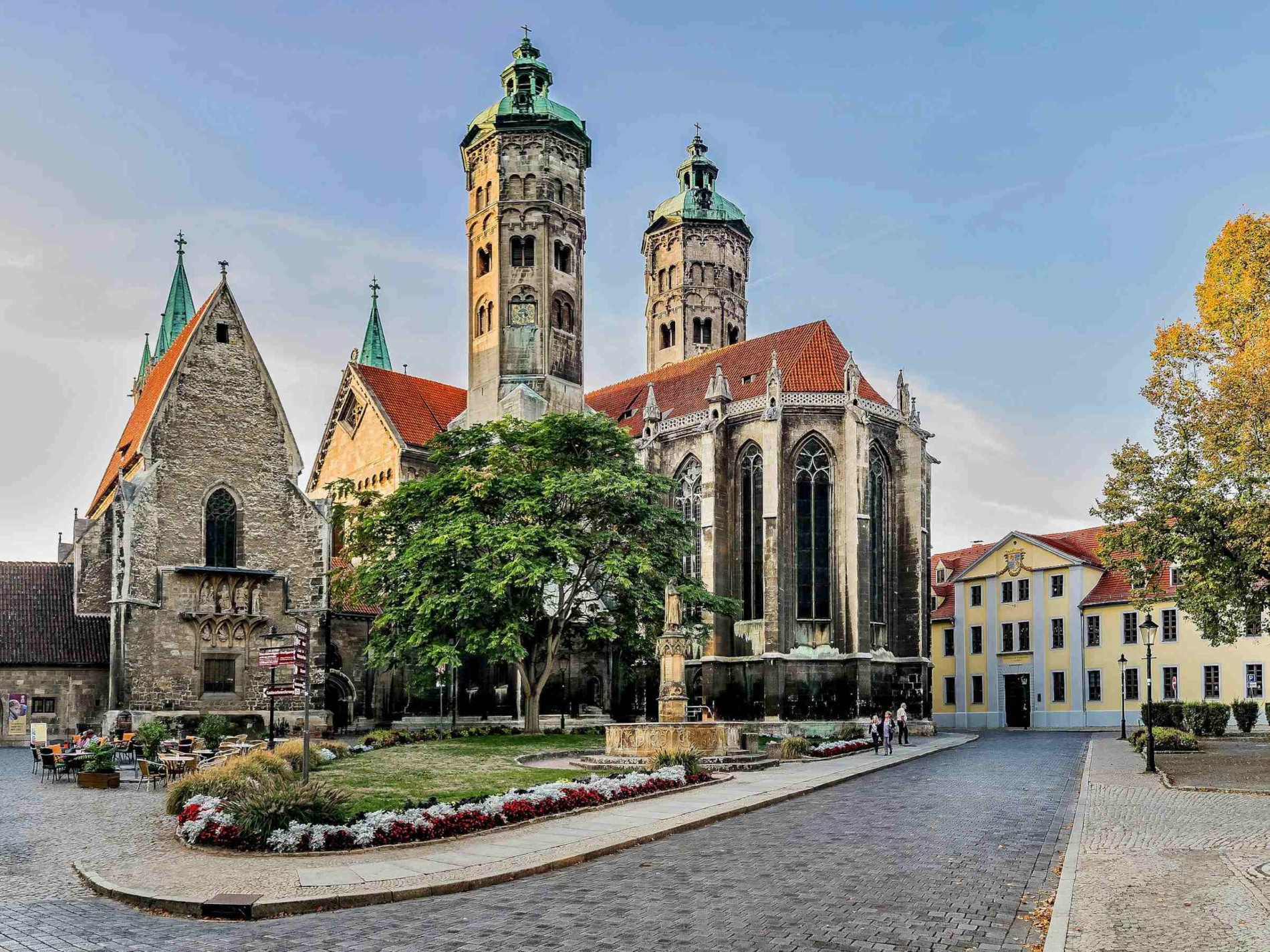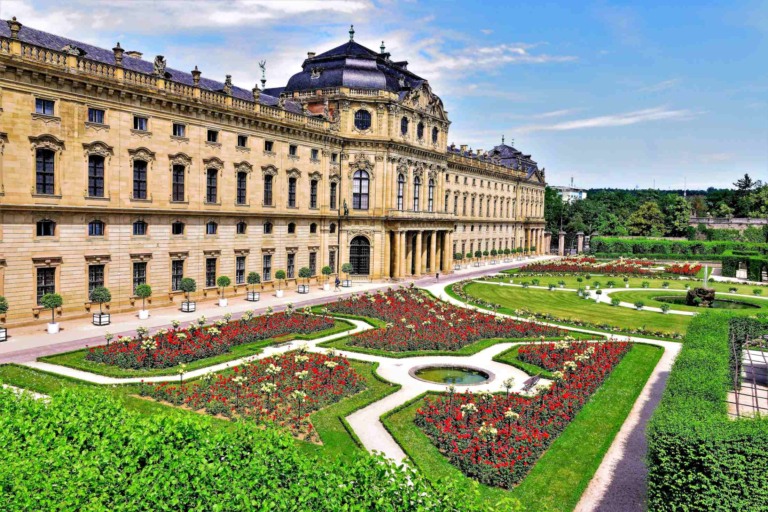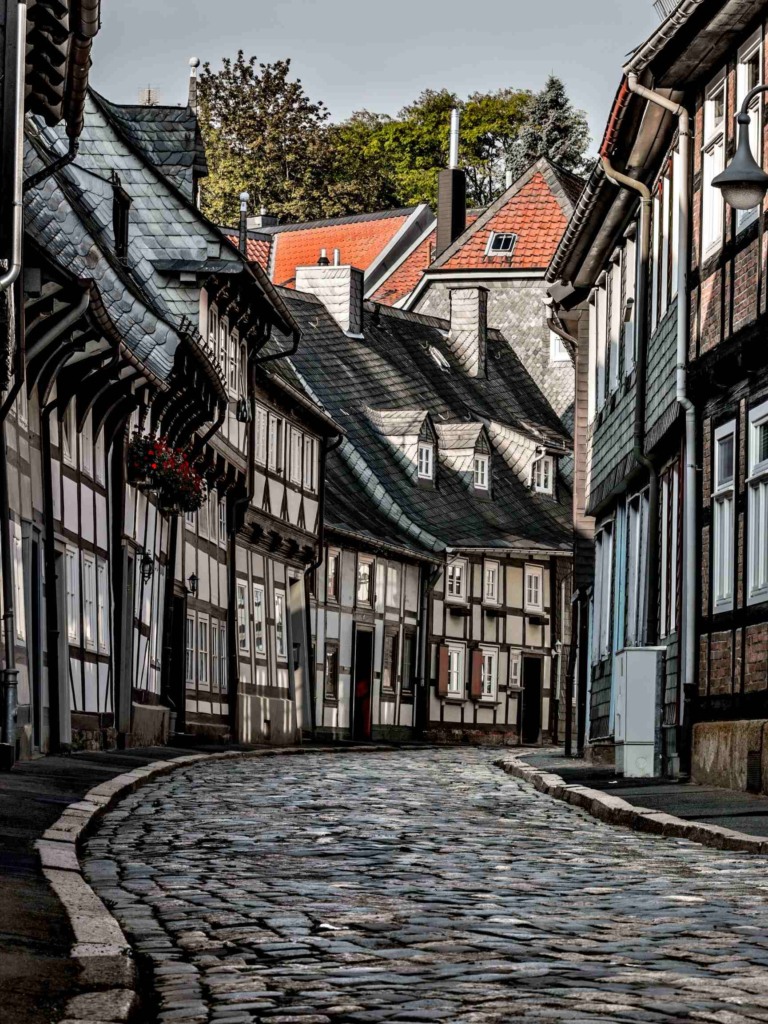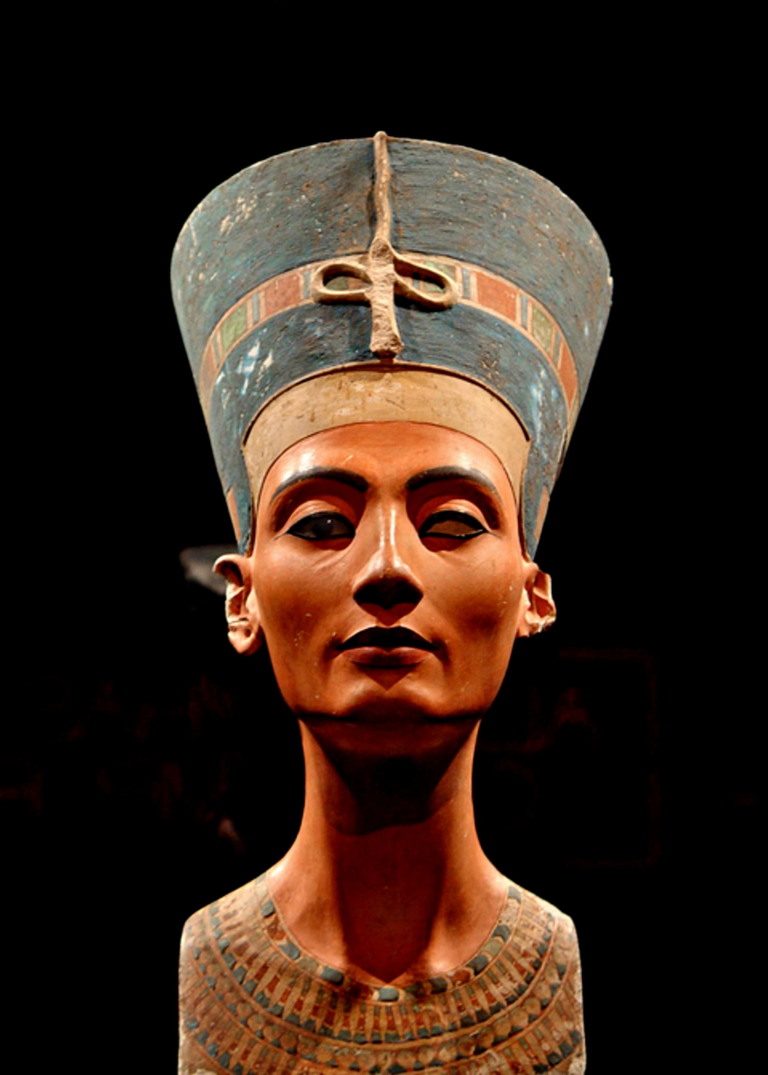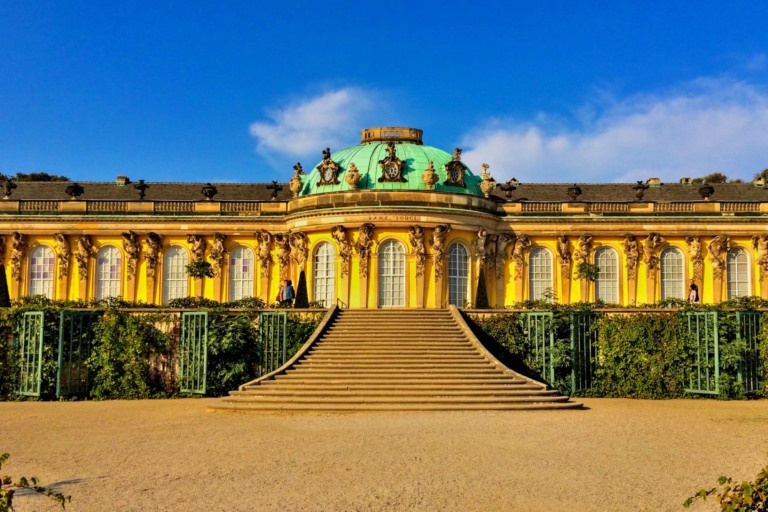Naumburg Cathedral, also known as Naumburger Dom, is a medieval cathedral located in Naumburg, Germany. It is renowned for its exceptional Gothic and Romanesque architecture, impressive sculptures, and rich history. The cathedral is dedicated to St. Peter and St. Paul and stands as a testament to the religious and cultural heritage of the region. Here are some key points about Naumburg Cathedral:
Naumburger Dom
1. Architectural Style: Naumburg Cathedral is primarily a masterpiece of Gothic architecture, but it also features elements of Romanesque design. The combination of these architectural styles contributes to the cathedral’s unique and captivating appearance.
2. Artistic Masterpieces: One of the most notable features of the cathedral is the West Choir, which houses the famous Naumburg Masterpieces. These sculptures, created by an unknown artist known as the Naumburg Master, depict the founders of the cathedral, Uta and Ekkehard, as well as other significant figures.
3. Naumburg Master: The Naumburg Master is believed to be an exceptional sculptor active in the first half of the 13th century. His works are characterized by detailed and expressive depictions, and he played a crucial role in shaping the artistic landscape of the time.
4. Uta and Ekkehard: The sculptures of Uta and Ekkehard, placed in the West Choir, are considered masterpieces of medieval art. Uta, the benefactor of the cathedral, and Ekkehard, a nobleman, are depicted with remarkable realism and emotion.
5. Gothic Windows: The cathedral features beautiful Gothic-stained glass windows that add to its overall aesthetic appeal. These windows often depict biblical scenes and figures.
6. Construction History: The construction of Naumburg Cathedral began in the 13th century and continued over several centuries. The cathedral has witnessed various historical events and has undergone modifications and renovations.
7. UNESCO World Heritage Site: Naumburg Cathedral, along with the Collegiate Church, Castle, and Old Town of Quedlinburg, was inscribed as a UNESCO World Heritage Site in 2018. The designation recognizes the outstanding cultural and historical significance of these sites.
8. Cultural Significance: Beyond its architectural and artistic importance, Naumburg Cathedral holds cultural and religious significance for the local community and attracts visitors from around the world. A visit to Naumburg Cathedral offers a journey through history, art, and architecture, providing a glimpse into the medieval heritage of the region.
Naumburg Cathedral History
9. Location: The Cathedral of Naumburg, a testament to medieval art and architecture, initiated construction in 1028, showcasing an exquisite blend of Romanesque and Gothic styles. Situated in the eastern part of the Thuringian Basin, its Romanesque structure is gracefully flanked by two Gothic choirs, illustrating a stylistic transition from late Romanesque to early Gothic.
The West Choir, dating back to the first half of the 13th century, stands as a testament to evolving religious practices and the incorporation of scientific and natural elements in the figurative arts.
Historically, the Naumburger Dom served as the church for the Bishopric of Naumburg-Zeitz, located in the town of Naumburg, southern Saxony-Anhalt, in the district of Burgenlandkreis, East-Central Germany. Most of the church building dates back to the 13th century, with its construction initiated in 1028 when the bishop’s seat was moved from Zeitz.
This move situated it adjacent to an old parish church, marking the genesis of the old Catholic Diocese of Naumburg-Zeitz’s first church. Despite the transformative period of the Reformation, which turned both Naumburg and its church into Protestant places, Naumburg Cathedral remains a Protestant parish church. It stands as a prominent fixture on the Romanesque Road in Saxony-Anhalt, a designated tourist route.
The historical significance of Naumburg Cathedral, alongside the picturesque rivers Saale and Unstrut, was acknowledged in 1999. Dedicated to St. Peter and St. Paul, the cathedral is a notable example of late Romanesque architecture in Germany, with its roots dating back to the 9th and 10th centuries.
The strategic choice of Naumburg’s location by Eckard I, the Margrave of Meissen, perched on a rock near the confluence of the Saale and Unstrut rivers, contributed to its historical prominence. This site was selected due to its proximity to busy commercial roads and the historic eastern border of “East Francia” or the “Kingdom of Germany.”
The cathedral’s intricate history involves a reconstruction phase initiated around 1210, led by Bishop Engelhard from 1207 to 1422, transforming the late-Romanesque style. By the mid-13th century, an early-Gothic west choir replaced the old parish church, likely built in 1260, followed by the addition of a floor to the western towers.
Around 1330, the Romanesque apse was dismantled to make way for the high Gothic rectangular east choir. Subsequent centuries witnessed the addition of more floors to the western towers, the blessing of the Dreikönigskapelle in 1416, and the unfortunate fire in 1532 that led to the construction of the eastern towers.
10. Fire Era: The aftermath of the fire also impacted the Mary-dedicated college church, reducing it to the choir. Temporary cloisters, one to the south and one to the north of the cathedral, stand as remnants of the pre-fire era. Before the college church burned down, the cathedral’s clergy resided in the northern cloister, a structure no longer extant.
The narrative of Naumburg Cathedral intersects with the Reformation era, notably with Nicolaus von Amsdorf, the first German Protestant bishop, taking residence in 1542. Following the death of Julius von Pflug in 1564, the Electors of Saxony administered the Catholic Naumburg diocese until its disbandment in 1615. This multifaceted history, coupled with architectural evolution, positions Naumburg Cathedral as a resilient symbol of Germany’s medieval heritage.
Naumburg Cathedral Sculptures
The choir, adorned with life-size sculptures depicting the founders of the cathedral, stands as a masterpiece crafted by the renowned ‘Naumburg Master.’ Naumburg Cathedral itself emerges as a pivotal historical monument from the High Middle Ages in Europe. A distinctive feature of the church is the presence of two choir screens separating the choirs from the nave, making it the only church globally with such elements from the High Middle Ages.
Particularly captivating is the West Choir, showcasing a choir screen and 12 statues representing the church’s donors. Among these sculptures, the figure named Uta, crafted by the Naumburg Master, is hailed as portraying the “most beautiful woman of the Middle Ages.”
The Stifterfiguren, attributed to the artist known as “Naumburger Meister” or “Master of Naumburg,” claim fame as perhaps the most renowned artwork within the church. Often regarded as the most distinguished early Gothic sculpture in Germany, these twelve life-size sculptures, featuring eight men and four women, find their place in the western choir.
They represent nobles instrumental in the construction of the church. Sequentially, from northeast to southeast, the sculptures are believed to depict notable figures:
- 1. Count Konrad of Camburg, nephew of Ekkehard II and Hermann I.
- 2. Countess Gepa or Adelheid von Gernrode.
- 3. Uta von Ballenstedt, the Margravine, and Ekkehard II, the Margrave of Meissen, presented as a pair.
- 4. Count Thimo of Wettin, brother of Konrad.
- 5. Thimo’s nephew, Count Wilhelm of Camburg and Brehna.
- 6. Count Sizzo of Schwarzburg, cousin to Wilhelm.
- 7. Count Dietmar.
- 8. Margravine Reglindis and Herman I of Meissen, Ekkehard’s brother, are depicted as a couple.
- 9. Count Dietrich of Brehna, Thimo’s nephew, and his wife, Gerburg.
These sculptures not only symbolize the patrons of the church but also stand testament to the exceptional artistic and historical significance embedded in Naumburg Cathedral.
